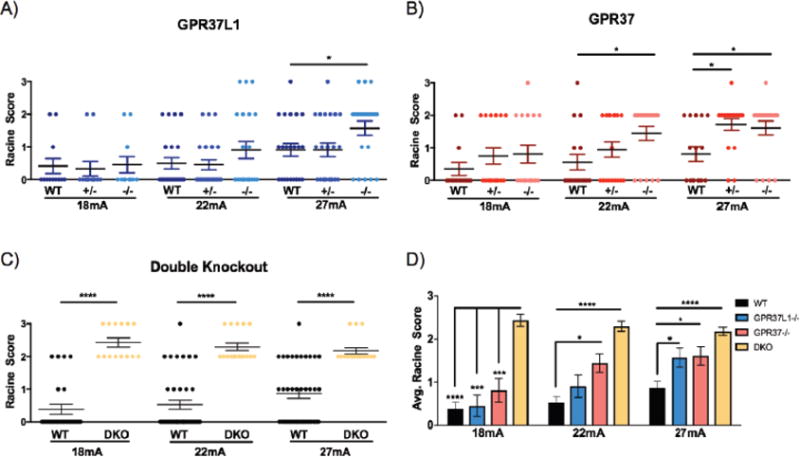Figure 4. Loss of Gpr37L1 and/or Gpr37 in vivo increases susceptibility to 6 Hz-induced seizures.

(A) Gpr37L1−/− mice exhibited increased susceptibility to 6-Hz-induced seizures compared to wild-type (WT) and Gpr37+/− littermates at 27 mA (N = 11–22/genotype/current). (B) Gpr3T−/− mice exhibited significantly increased seizure susceptibility compared to their WT and Gpr37+/− littermate controls at 22 mA, whereas both Gpr37+/− and Gpr3T−/− mice had significantly higher susceptibility to 6 Hz-induced seizures at 27 mA (N = 16–18/genotype/current). (C) Mice lacking both receptors (DKO) exhibited increased seizure susceptibility compared to age-matched WT mice at all currents tested (N = 14–38/genotype/current) (D) DKO mice exhibited increased susceptibility to 6 Hz-induced seizures compared to WT controls and homozygous mutants at 18 mA. Gpr3T−/− and DKO mice displayed higher susceptibility compared to WT controls at 22 mA. All homozygous mutants and DKO mice exhibited increased seizure susceptibility compared to WT at 27 mA. One-way ANOVA followed by Dunn’s multiple comparisons post-hoc analyses. *p < 0.05, **p < 0.01, ***p < 0.001, ****p < .0001.
